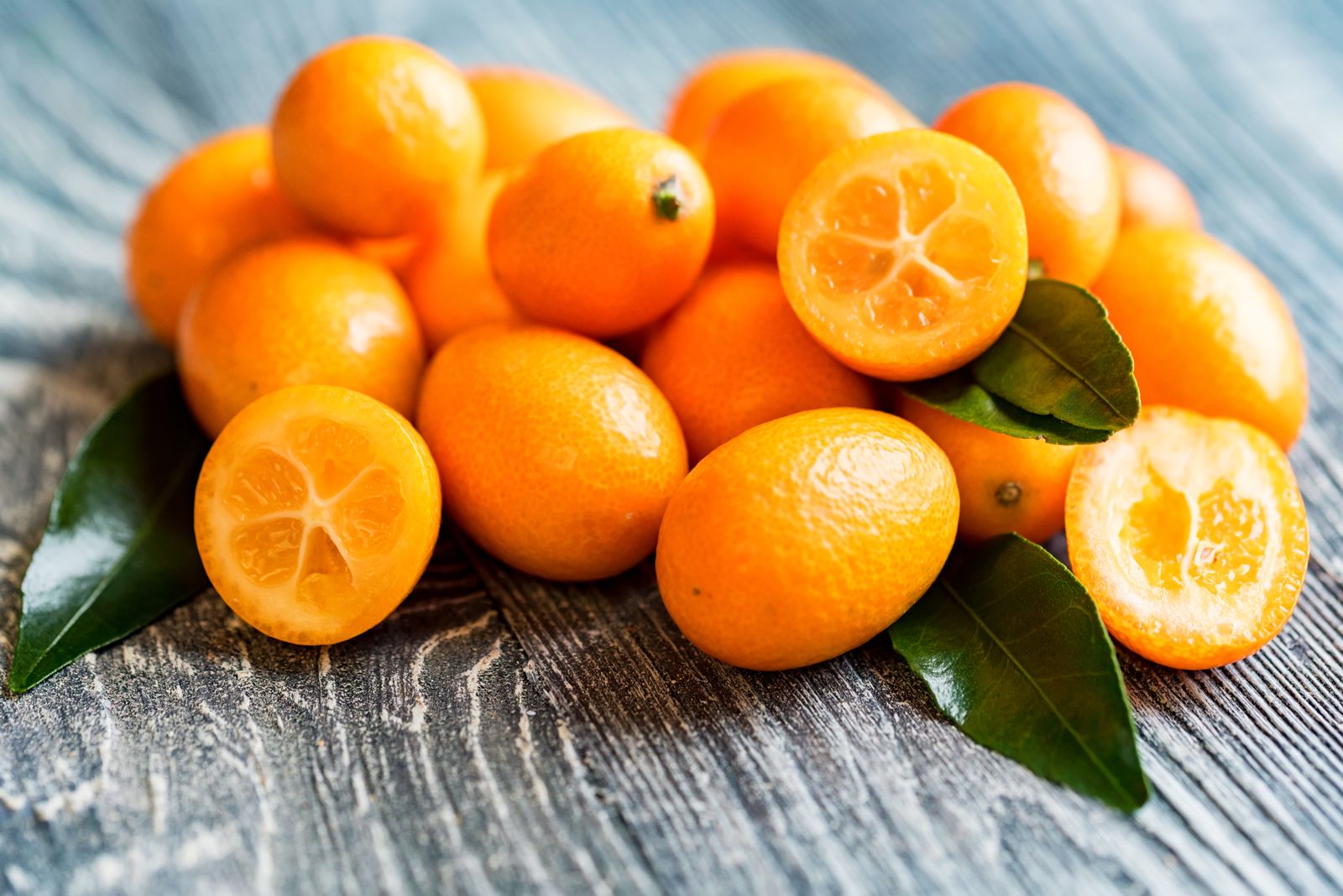
Ever tasted a fruit that’s both sweet and sour at the same time? Meet the kumquat, a tiny citrus fruit that packs a punch. Originating from China, these little gems are not only delicious but also loaded with nutrients. Unlike other citrus fruits, you eat the whole thing—peel and all! The peel is sweet, while the inside is tart, creating a unique flavor explosion. Perfect for snacking, making marmalade, or even adding a zesty twist to your favorite dishes. Curious about what makes kumquats so special? Let’s dive into 20 fascinating facts about this extraordinary fruit!
Key Takeaways:
- Kumquats are tiny citrus fruits with edible peels, rich in vitamin C, and low in calories. They have been cultivated for over 4,000 years and offer numerous health benefits, including boosting the immune system and supporting heart and skin health.
- You can grow kumquat trees in pots, indoors, or outdoors, as they are hardy and drought-tolerant. In the kitchen, kumquats are versatile and can be used in salads, marmalades, desserts, garnishes, and even candied for a tasty treat.
What is a Kumquat?
Kumquats are small, citrus fruits that pack a punch of flavor. Originating from Asia, these tiny fruits are unique in many ways. Let's dive into some fascinating facts about kumquats.
-
Kumquats are one of the smallest citrus fruits. They are typically about the size of a large olive, making them perfect for snacking.
-
You can eat the peel. Unlike other citrus fruits, the peel of a kumquat is sweet and edible, while the inside is tart.
-
Kumquats are rich in vitamin C. Just a handful can provide a significant portion of your daily vitamin C needs.
-
They are low in calories. A serving of kumquats contains only about 71 calories, making them a healthy snack option.
-
Kumquats have been cultivated for over 4,000 years. They have a long history, especially in China and Japan.
Nutritional Benefits of Kumquats
These tiny fruits are not just tasty; they are also packed with nutrients. Here are some health benefits you might not know about.
-
High in fiber. Kumquats are a good source of dietary fiber, which aids in digestion.
-
Rich in antioxidants. They contain compounds that help fight free radicals in the body.
-
Good for heart health. The nutrients in kumquats can help lower cholesterol levels and improve heart health.
-
Boosts immune system. The high vitamin C content helps strengthen the immune system.
-
Supports skin health. Antioxidants and vitamins in kumquats can help maintain healthy skin.
Growing Kumquats
Interested in growing your own kumquats? Here are some facts about cultivating these citrus wonders.
-
Kumquat trees are hardy. They can withstand temperatures as low as 18°F (-8°C).
-
They can be grown in pots. Perfect for those with limited space, kumquat trees can thrive in containers.
-
Kumquats need full sun. These trees require plenty of sunlight to produce fruit.
-
They are drought-tolerant. Once established, kumquat trees can survive with minimal watering.
-
Kumquats can be grown indoors. With the right conditions, you can grow kumquats inside your home.
Culinary Uses of Kumquats
Kumquats are versatile in the kitchen. Here are some ways you can use them in your cooking.
-
Great in salads. Add a burst of flavor to your salads by including sliced kumquats.
-
Perfect for marmalades. Their sweet peel and tart flesh make kumquats ideal for making marmalades.
-
Delicious in desserts. Use kumquats in cakes, tarts, and other sweet treats for a unique twist.
-
Ideal for garnishes. Their bright color and small size make kumquats perfect for garnishing dishes and drinks.
-
Can be candied. Candied kumquats are a tasty treat and can be used in various recipes.
The Final Bite
Kumquats pack a punch in both flavor and nutrition. These tiny fruits offer a unique taste experience, blending sweet and tart in every bite. They’re not just delicious; they’re also loaded with vitamins, fiber, and antioxidants. Eating them whole, including the peel, maximizes their health benefits.
Growing kumquats at home is easier than you might think. They thrive in warm climates and can even be grown in pots. Whether you’re a seasoned gardener or a beginner, adding a kumquat tree to your garden can be rewarding.
Incorporating kumquats into your diet can be fun and versatile. Use them in salads, desserts, or even savory dishes. Their unique flavor can elevate any meal.
So next time you see kumquats at the market, grab a handful. Your taste buds and your health will thank you.
Frequently Asked Questions
Was this page helpful?
Our commitment to delivering trustworthy and engaging content is at the heart of what we do. Each fact on our site is contributed by real users like you, bringing a wealth of diverse insights and information. To ensure the highest standards of accuracy and reliability, our dedicated editors meticulously review each submission. This process guarantees that the facts we share are not only fascinating but also credible. Trust in our commitment to quality and authenticity as you explore and learn with us.


